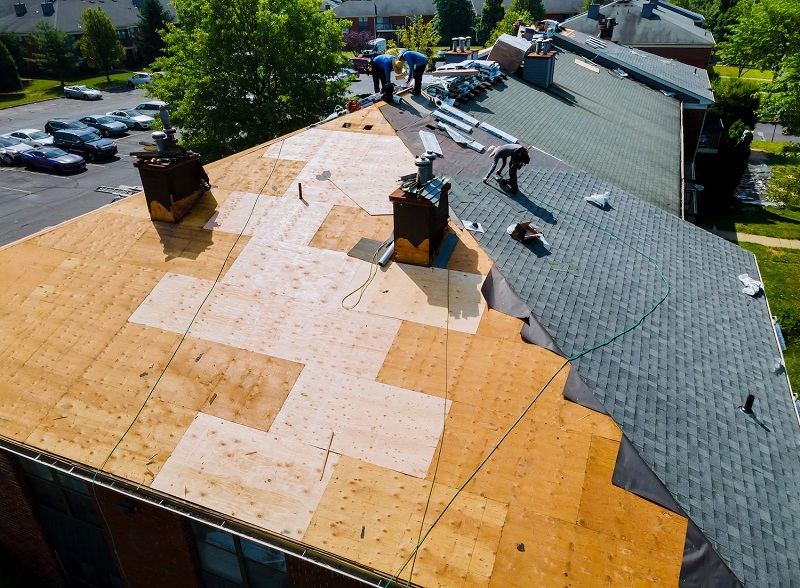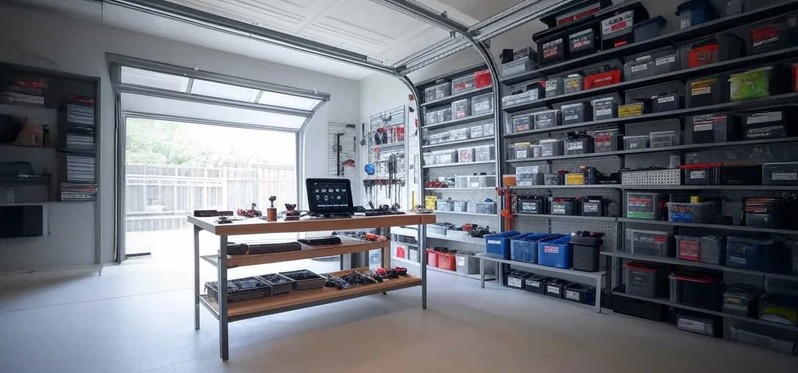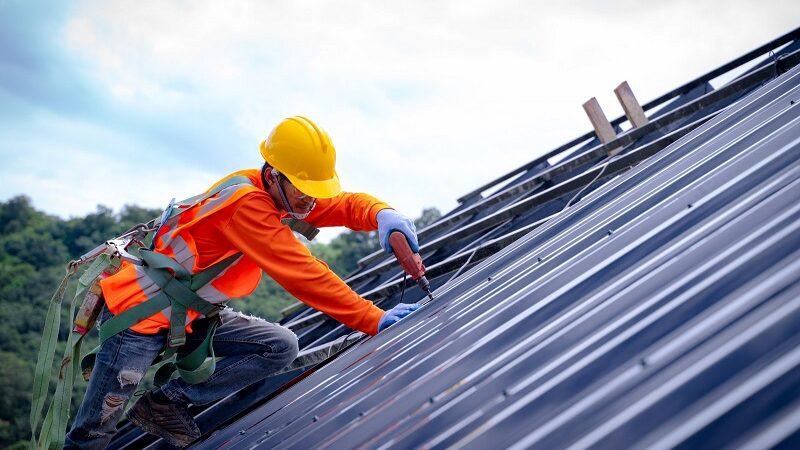The unsung hero of your house is your roof, which provides vital structural integrity and protects you from the damaging effects of weather. It has a lifespan, though, just like every other dependable part of your home. You may save difficulties, unforeseen expenses, and possible house damage by knowing when to replace your roof. A decade-by-decade summary of what to anticipate and how to pay for a future roof replacement is provided in this article.
The Early Years: Years 1-10
If you choose a durable, premium material like metal roofing or asphalt shingles, your roof’s first ten years should be worry-free. At this point, routine inspections are crucial. Drooping, granule loss (especially in gutters), and missing or damaged shingles are signs of deterioration. Minor repairs should be done immediately to avoid costly problems. Preventative maintenance like gutter cleaning and tree cutting can extend the life of your roof. Putting a small amount in a dedicated savings account each year could help plan for a replacement.
Middle Age: Years 11-20
Weathering becomes more obvious as your roof reaches its second decade. Curling, blistering, and discoloration indicate shingles in decline. Skylights, chimneys, and vents are prime leak locations. Interior water spots on walls or ceilings indicate roof problems that need immediate attention. A professional roof inspection every two to three years is also recommended. Proactive maintenance and close monitoring are needed now. Choose roofing contractors and supplies carefully.
The Senior Years: Years 21-30
Asphalt shingle roofs are nearing the end of their lifespan. Expect obvious wear and tear signs including excessive granule loss, fractured or absent shingles, and leaks. Regular professional inspections, preferably annually, are required. Start planning your roof replacement now. Review your quotes, consider finance, and choose a reliable contractor. Delaying a replacement increases the danger of major water damage, structural issues, and higher repair costs.
Beyond 30 Years: Expect Replacement Soon
Regardless of the material unless it’s a really long-lasting choice like copper or slate, your roof is probably nearing the end of its service life if it has been more than 30 years. Knowing how long should a roof last helps you plan for timely replacements and avoid unexpected issues. The likelihood of serious problems rises sharply as the roof ages. The first priority should be replacement. Even if there aren’t any overt indications of damage, the roof’s capacity to adequately safeguard your house is probably impaired. Don’t put off replacing it. Delaying it will cost significantly more than getting a new roof.
Conclusion
It is critical to comprehend the normal lifespan of your roof and to put in place a proactive maintenance and monitoring plan. You can successfully plan for roof replacement, safeguard your investment, and make sure your house is safe and secure for many years to come by using this decade-by-decade guidance.







